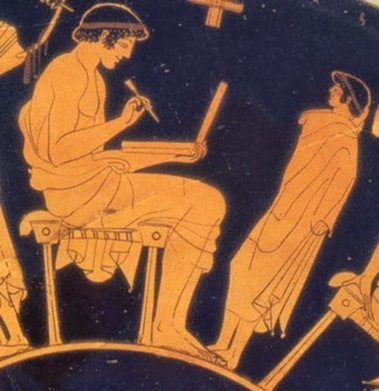One of the characteristics of Web 2.0, according to the man who coined the phrase, is to be found in its architecture. As far as Tim O'Reilly is concerned, Web 2.0 tools are configured in such a way that they 'get smarter the more people use them.' This facet was explained very clearly in Michael Wesch's excellent video Web 2.0 .. The Machine is Us/ing Us, which shows how web tools work better the more people use them. Social tagging for example, becomes increasingly stronger as people populate it with content and links. Blogs rely not only on content, but on users, and ultimately on the dialogue that ensues between all those who read the content. In his famous Wired article, Kevin Kelly predicted this by suggesting that Web 2.0 was about leveraging collective intelligence. Web 2.0 has marked a shift in emphasis from the personal computer to the web, and the services it conveys. Web 2.0 is qualitatively different to what preceded it. Essentially, where Web 1.0 was about pushed content, and a 'sticky internet' where users could change very little, the evolution of the web into Web 2.0 has been viewed as epitomising the power of participation, and arguably, it's also about the democratisation of the internet.
Research and publish the best content.
Get Started for FREE
Sign up with Facebook Sign up with X
I don't have a Facebook or a X account
Already have an account: Login
on peer-to-peer dynamics in politics, the economy and organizations
Curated by
jean lievens
 Your new post is loading... Your new post is loading...
|










